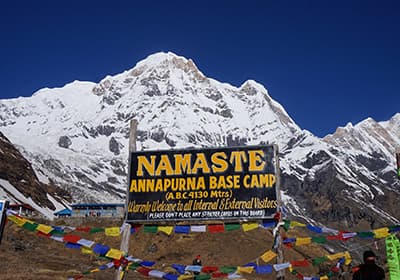Dreaming of a destination that feels like it exists outside of time? Bhutan might just be that mystical kingdom you've been looking for.
Ever noticed how most travel spots have been transformed by tourism? Not Bhutan. This Himalayan jewel stubbornly preserves its cultural identity with every breath it takes.
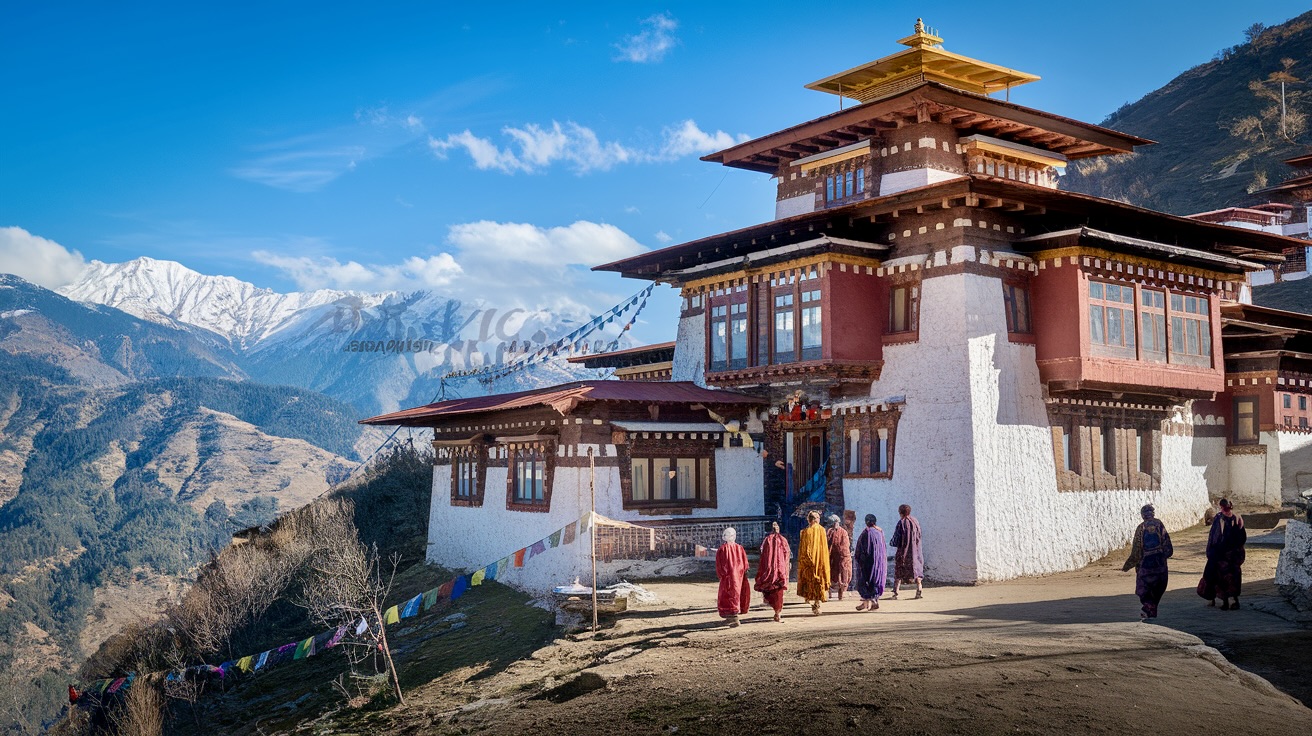
Planning a Bhutan tour means stepping into a world where success is measured in happiness, not dollars. Where ancient fortresses rise from misty valleys and prayer flags flutter against snow-capped peaks. Where you'll find Buddhist traditions seamlessly woven into daily life.
But here's what most travelers don't realize about Bhutan until they're there – this carefully protected kingdom has a way of changing you, not the other way around. How exactly? Well, that's where things get interesting.
Introduction to Bhutan: The Land of the Thunder Dragon
Key characteristics of Bhutan as a travel destination
Bhutan, affectionately known as the "Land of the Thunder Dragon" or "Druk Yul" in the local language, stands as one of the world's most unique travel destinations. We believe what sets Bhutan apart is its deliberate isolation from the rest of the world until relatively recently. Until a few decades ago, Bhutan chose to isolate itself, refusing the influences of other societies and customs. This intentional seclusion has preserved its rich culture, traditions, and pristine environment in ways few other countries have managed.
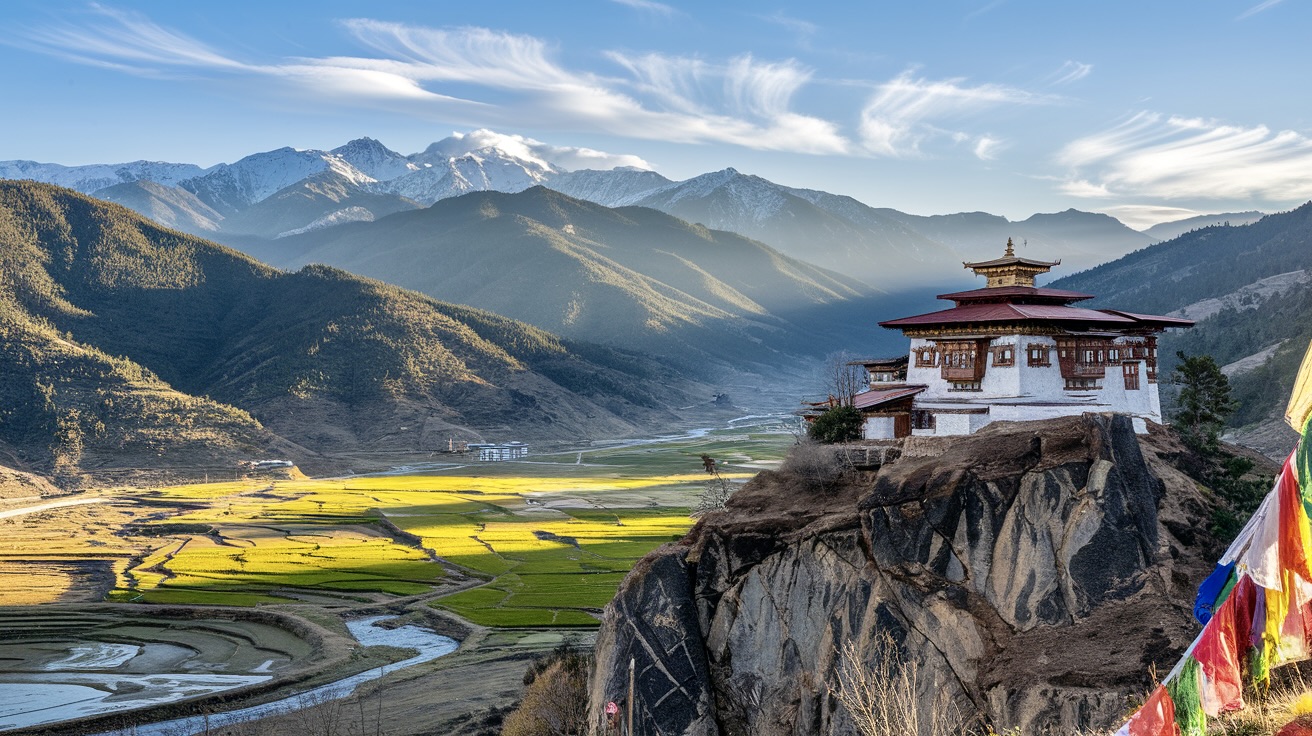
Unlike many other destinations, Bhutan measures its national success not by Gross Domestic Product (GDP) but through a unique self-created methodology called Gross National Happiness (GNH). This revolutionary approach focuses on the well-being and happiness of its citizens rather than purely economic growth. As travelers, we find this philosophy refreshing and thought-provoking.
When flying into Bhutan, prepare for a breathtaking arrival. The flight into Paro International Airport is considered one of the most challenging landings in the world, with aircraft weaving through narrow mountain terrain and past towering Himalayan peaks. Only a select few pilots are authorized to fly into this airport, making your arrival an adventure in itself.
Bhutan's focus on sustainable and eco-friendly tourism
We're proud to highlight Bhutan's commitment to sustainable tourism, which is unmatched worldwide. Bhutan stands as the world's first carbon-negative country—it absorbs more carbon than it produces. This remarkable achievement stems partly from its constitutional mandate requiring the country to maintain a minimum of 60% forest coverage at all times.
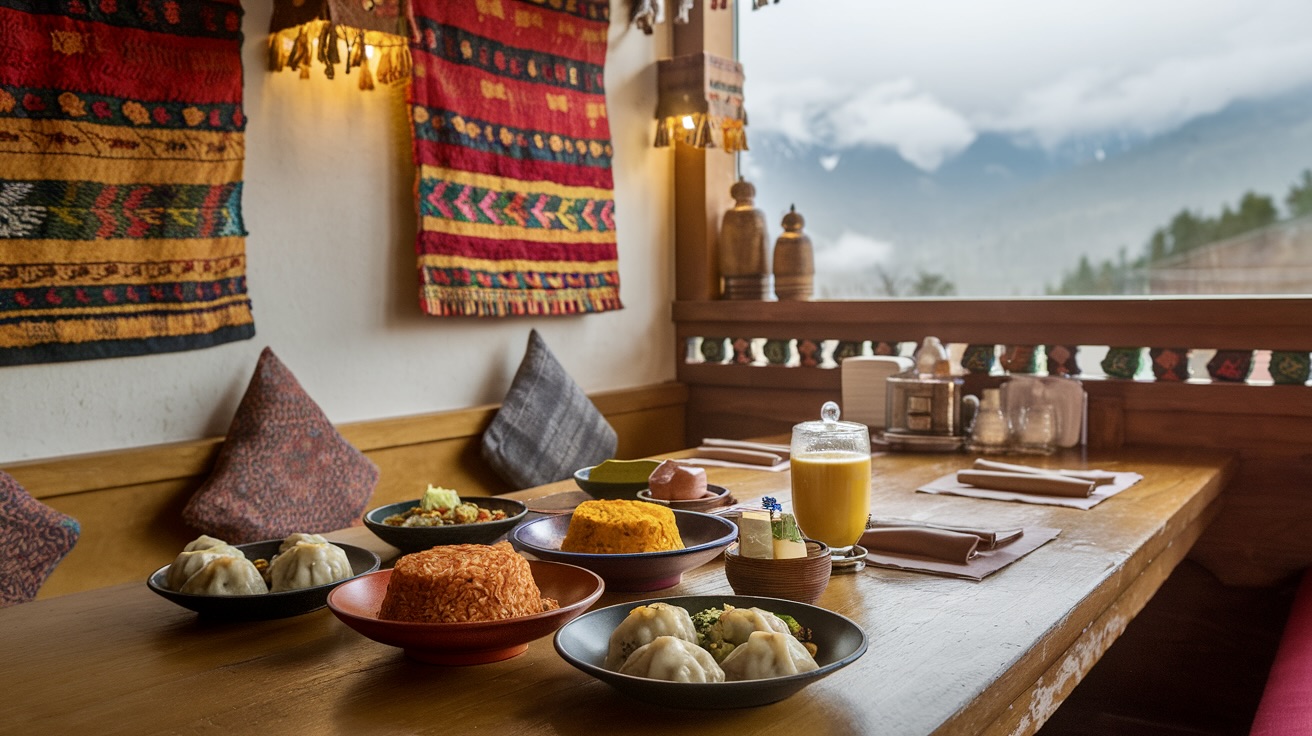
Bhutan's "high value, low impact" tourism policy has been deliberately designed to preserve the country's natural beauty and cultural integrity. Rather than pursuing mass tourism, Bhutan limits visitor numbers through its pricing structure and visa requirements. The Sustainable Development Fee (SDF) of $100 per person per night serves as both a revenue generator and a way to control tourist numbers.
This approach means Bhutan has avoided the overdevelopment and environmental degradation that mass tourism has brought to many other destinations. The country strictly controls who can enter, how long they can stay, and where they can go. While this makes Bhutan less accessible as a budget destination, we believe the pristine environment and authentic cultural experiences you'll encounter justify the investment.
Overview of Bhutan's natural beauty and cultural significance
Nestled deep in the Himalayas, Bhutan's natural beauty is truly spectacular. The landscape is characterized by dramatic mountain peaks, lush valleys, and crystal-clear rivers. Prayer flags flutter in the breeze throughout the countryside, adding splashes of color to the already stunning scenery. Each valley you visit offers a unique microclimate and ecosystem, from the dry, mountainous landscapes around Paro to the more temperate central regions.
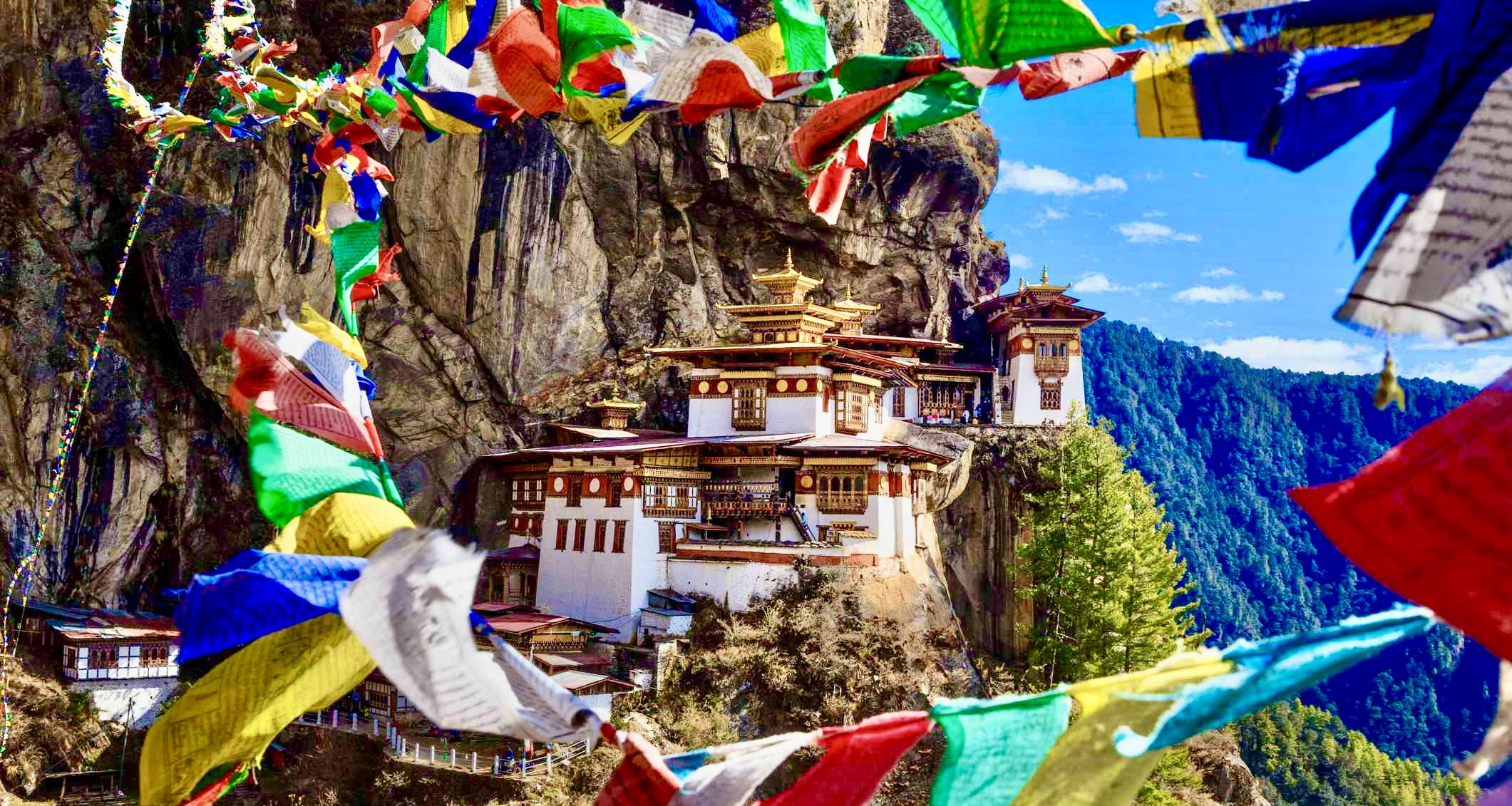
Culturally, Bhutan is one of the last remaining Buddhist kingdoms on Earth. Buddhism permeates every aspect of daily life, from the red-robed monks who traverse the streets to the fortress-monasteries (dzongs) that dominate town centers. These dzongs, such as the magnificent Punakha Dzong built between two rivers, serve as both administrative centers and houses of worship.
The Tiger's Nest Monastery (Paro Taktsang) epitomizes Bhutan's cultural significance. This iconic temple complex clings dramatically to a cliff face 900 meters above the Paro Valley. According to legend, Guru Rinpoche (who brought Buddhism to Bhutan) flew to this location on the back of a tigress in the 8th century.
We find that Bhutan's commitment to preserving its cultural heritage extends to everyday life. Citizens adhere to a national dress code, wearing the traditional gho for men and kira for women. The vibrant festivals (tshechus) celebrate Buddhist traditions through colorful masked dances, music, and communal gatherings.
This harmonious blend of natural beauty and living cultural traditions makes Bhutan truly unique—a place where ancient customs haven't merely been preserved as museum pieces but continue to thrive as an integral part of contemporary life.
Bhutan Visa Information
Visa requirements and exemptions
In Bhutan, visa requirements are quite straightforward but specific. With the exception of nationals from India, Bangladesh, and the Maldives, all other visitors traveling to Bhutan need a visa. Indian, Bangladeshi, and Maldivian nationals can obtain a permit at the port of entry by showing a valid passport with at least 6 months' validity.
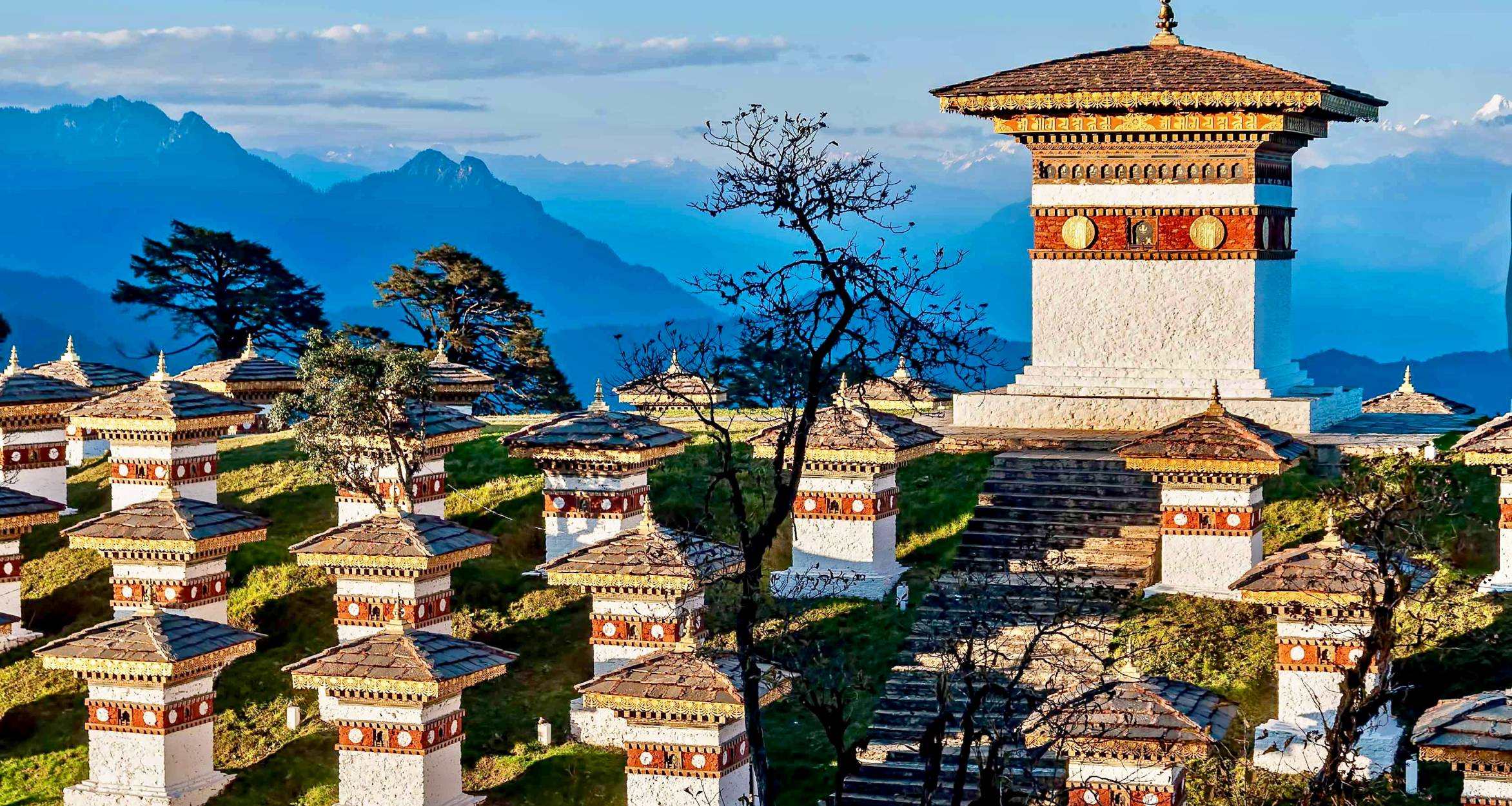
For Indian travelers specifically, they can use either a passport or a voter ID card with a photo to enter Bhutan. Children under 18 from India may use a birth certificate or passport, but must be accompanied by a legal guardian.
Swiss and Thai nationals holding diplomatic or official passports are eligible for a visa on arrival at the port of entry, provided they've paid the required Sustainable Development Fee (SDF).
Application process through tour operators
All other international visitors must obtain a visa clearance prior to their trip to Bhutan. The visa application process is now more flexible than before.
Apply independently: You can apply online through the Department of Immigration website by completing an application form. This requires:
- A digital copy of a valid passport
- A recent digital passport photo
- Arrival and departure dates
- Valid travel insurance for your entire stay
- Payment details for the visa fee and SDF
The application can be saved at any point and completed later. Once submitted, your visa application will be reviewed within five working days.
Visa fees and extension procedures
The visa system in Bhutan comes with specific fees and procedures:
- Visa Fee: A non-refundable visa application fee of USD 40 per person is required.
- Sustainable Development Fee (SDF): This is a daily fee that all visitors must pay:
USD 100 per adult per night for international visitors
- 50% discount (USD 50) for children aged 6-12
- No fee for children under 6 years
- For Indian nationals, the SDF is Nu. 1,200 or equivalent USD per night
If you need to extend your stay in Bhutan, visa extensions can be processed by the Department of Immigration before your current visa expires. You'll need to pay the applicable SDF and visa extension fees directly to the Department of Immigration. While the extension process is usually quick, it can take up to five working days, so plan accordingly.
If your trip is cancelled or cut short, the Department of Immigration will refund the SDF, though bank fees will be deducted from the refunded amount. Refunds are processed after guests have departed from Bhutan.
Currency and Money Matters
Ngultrum (Nu) is the official currency
Bhutan's official currency is the Ngultrum (BTN), locally symbolized as "Nu." One Ngultrum equals 100 Chetrum, with coins representing smaller denominations. The Bhutanese currency is issued in various denominations, including Nu.1, Nu.5, Nu.10, Nu.20, Nu.50, Nu.100, Nu.500, and Nu.1,000 notes. The Royal Monetary Authority of Bhutan is responsible for minting the country's currency.
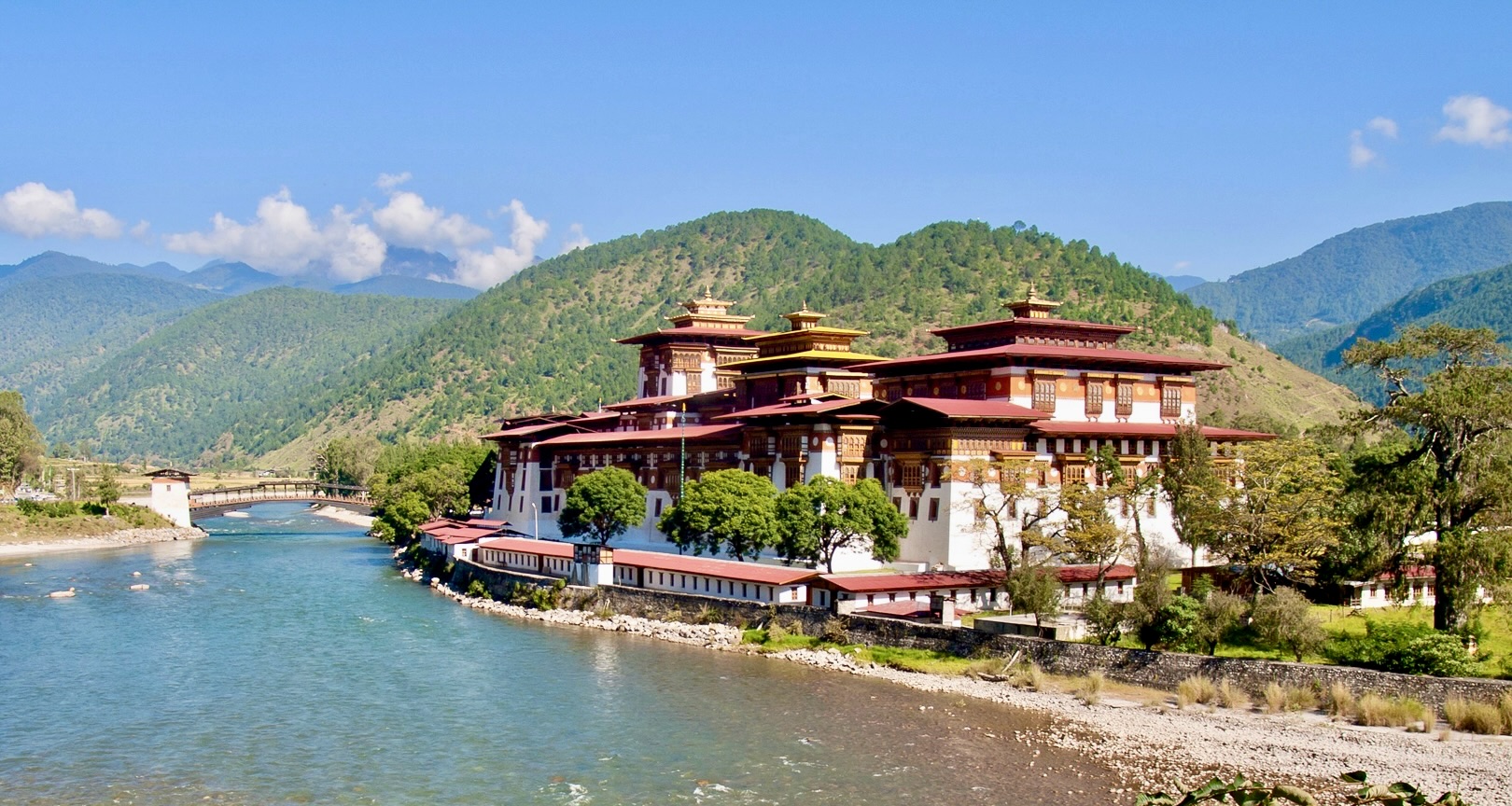
The Ngultrum is pegged to the Indian Rupee at a 1:1 exchange rate, reflecting the close economic ties between Bhutan and India. This means that 1 Ngultrum equals 1 Indian Rupee. The currency features distinctive designs that showcase Bhutanese culture, heritage, and natural beauty. Each note highlights different aspects of the country, from traditional masks to iconic religious sites like the Tiger's Nest Monastery.
For travelers interested in current exchange rates, 1 US dollar equals approximately 84 Ngultrum (as of recent data). The Royal Monetary Authority has also issued special commemorative notes for significant events, including the Royal Wedding in 2011 and the birth of the Crown Prince in 2016.
Foreign currencies accepted in Bhutan
While Ngultrum is the primary currency, several foreign currencies are accepted in Bhutan. The Indian Rupee is widely accepted throughout the country due to the currency peg, but there's an important caveat: higher denomination Indian notes (₹500, ₹1000, and ₹2000) are not accepted in Bhutan. Only smaller denominations like ₹50 and ₹100 are commonly used.
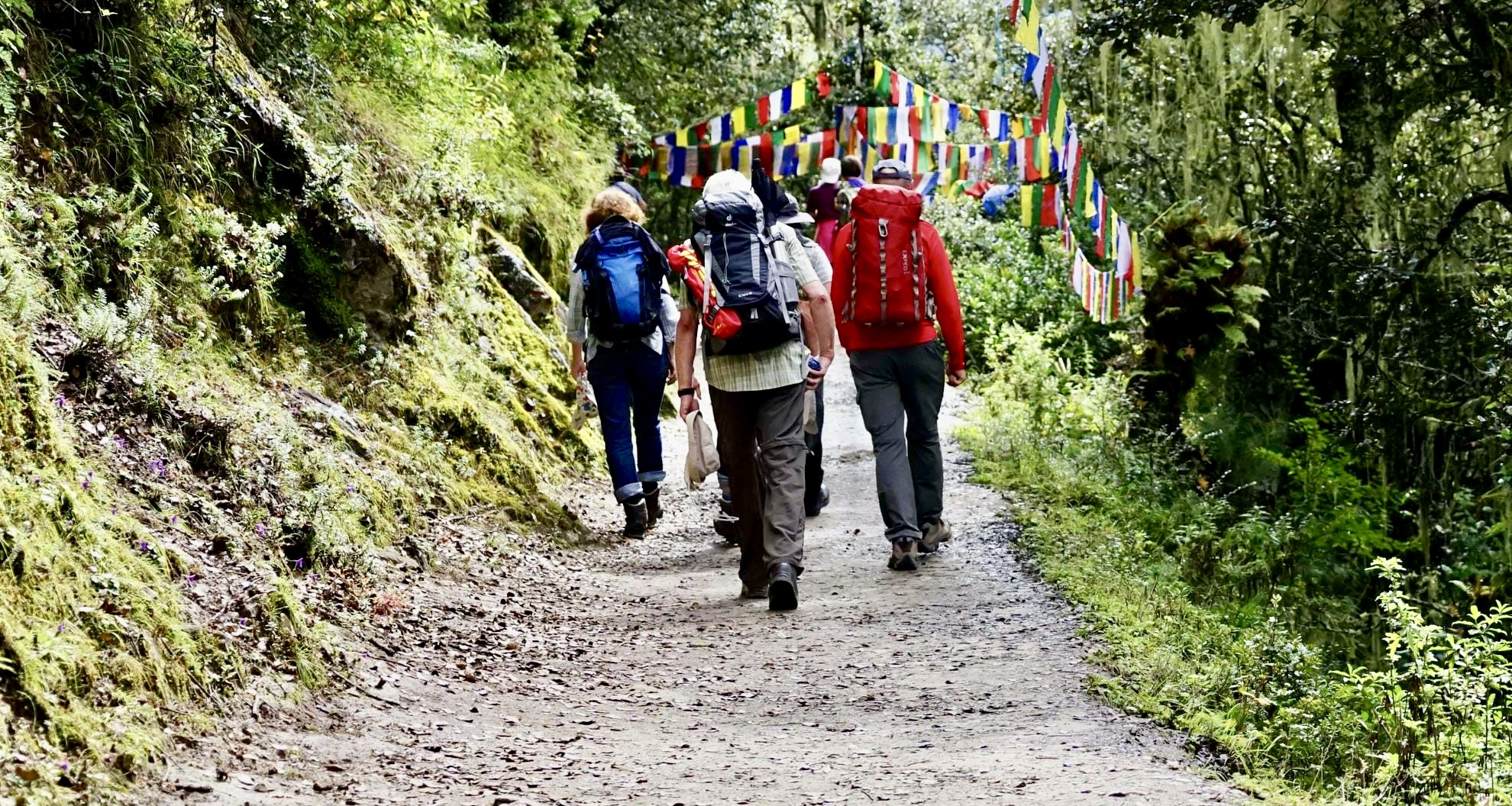
For international travelers, the following currencies can be exchanged in Bhutan: U.S. Dollar, Pound Sterling, Euro, Japanese Yen, Swiss Franc, Hong Kong Dollar, Canadian Dollar, Danish Kroner, Australian Dollar, and Singapore Dollar. Among these, the U.S. Dollar is the most widely accepted. When bringing USD, we recommend carrying $100 bills as they typically receive better exchange rates compared to smaller denominations.
For travelers wishing to minimize cash carrying, it's worth noting that credit cards are accepted in a limited number of places, primarily high-end hotels and select handicraft stores in major cities like Thimphu. Card payments may include surcharges ranging from 1.5% to 5%. We suggest contacting your bank before traveling to ensure your cards will work in Bhutan, as many card payments are rejected without prior authorization.
Banking facilities and exchange services
Banking services in Bhutan have expanded significantly in recent years, with several institutions serving both locals and tourists. Major banks include the Bank of Bhutan Limited, Bhutan National Bank, Druk PNB, and Tashi Bank.
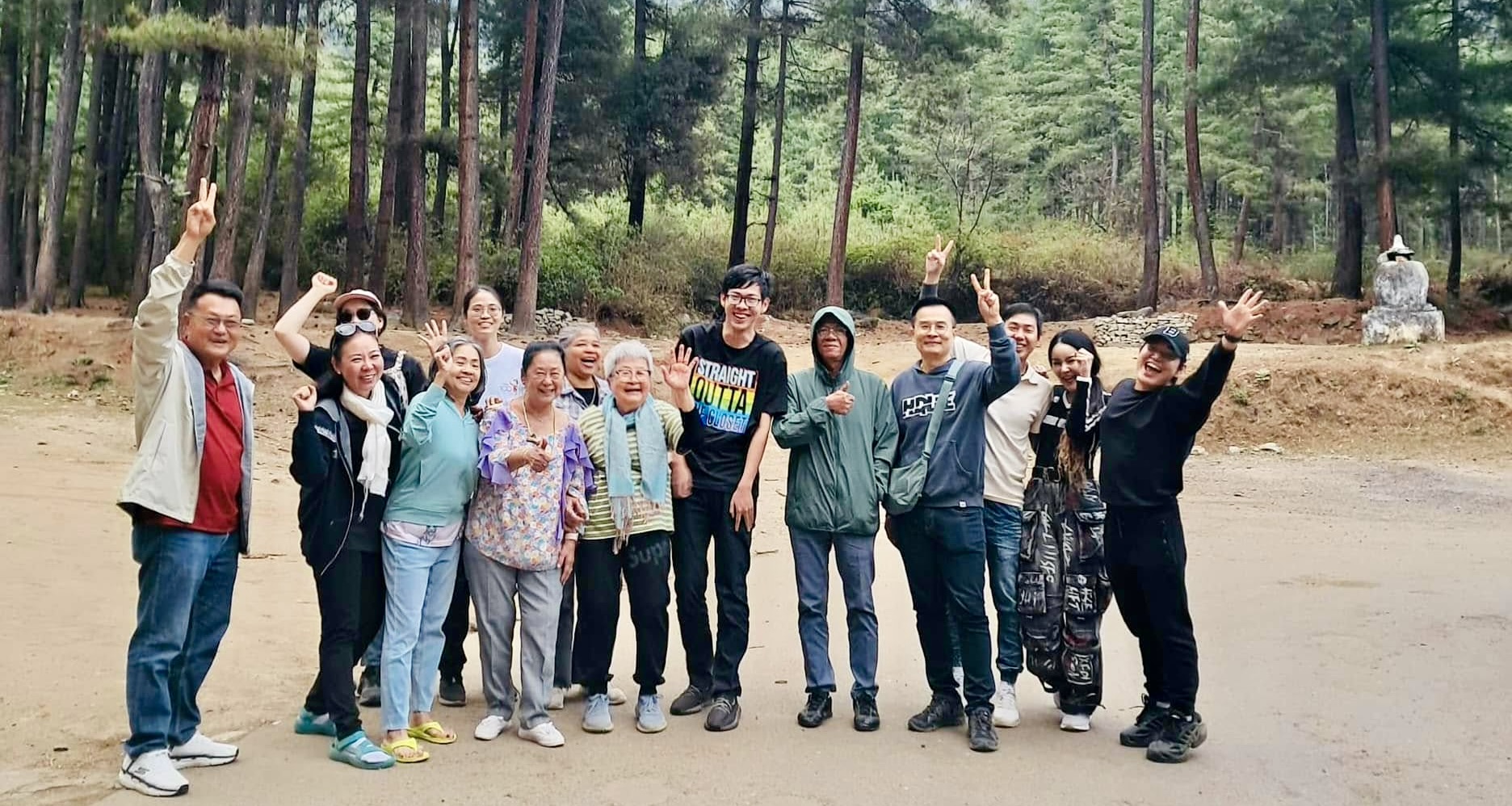
Currency exchange services are primarily available at Paro International Airport's foreign exchange desk and at Bank of Bhutan branches in major towns like Paro and Thimphu. Some hotels also provide foreign exchange services, though these are often limited to U.S. Dollar exchanges and may offer less favorable rates. Banking hours typically run from 9:00 AM to 3:00 PM on weekdays.
ATM facilities are available in major towns like Thimphu and Paro, but they are limited and not always reliable. Most ATMs accept Visa and Mastercard international credit and debit cards for cash withdrawals. However, as you travel to more remote areas, ATM and banking facilities become scarce or non-existent. We recommend exchanging money while in Paro or Thimphu and carrying sufficient local currency when venturing into rural areas.
For convenience, travelers should carry some cash for daily expenses, as many small businesses, local markets, and rural establishments operate on cash-only transactions. When departing Bhutan, unused Ngultrum can be converted back to foreign currency at the airport exchange desk, but you'll need to present your passport, airline ticket, and receipts from your previous currency exchanges.
For most visitors, we suggest bringing US$30-50 per person per day for items not included in your tour package, such as beverages, souvenirs, and emergency funds. If you enjoy shopping, consider bringing more.
Weather and Climate
Regional Climate Variations
Bhutan's climate varies dramatically depending on the elevation and geographical location. The country can be divided into three distinct climate zones:
Southern Bhutan: The southern areas experience a subtropical climate that is typically hot and humid with high rainfall. Temperatures can reach up to 34°C in the hottest city, Samdrup Jongkhar, during the summer months. This region has three main seasons - the hot season (March to June), the rainy season (July to September), and the monsoon season (October to February), which, despite its nam,e is actually cool and dry.
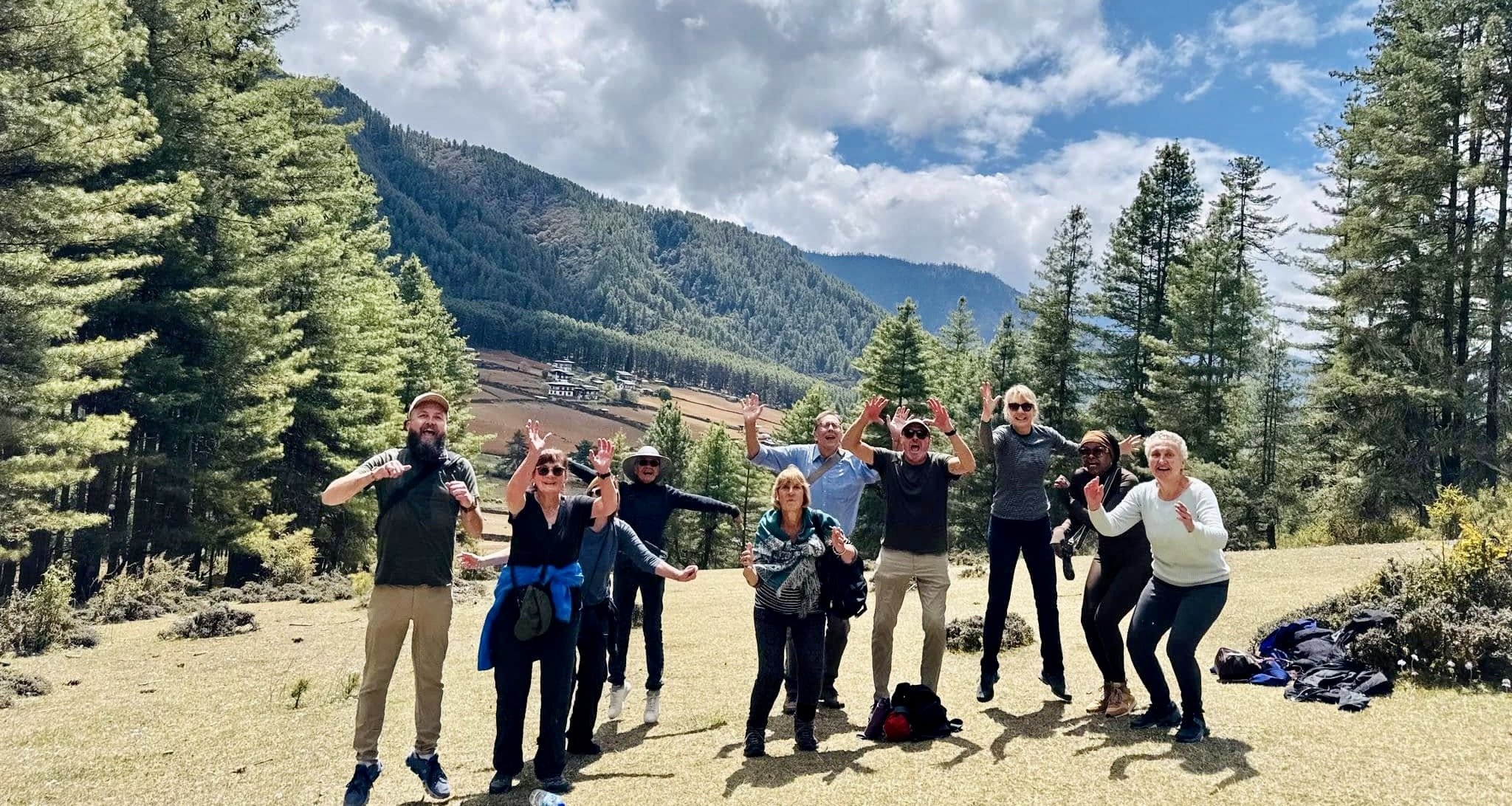
Central Bhutan: The central valleys enjoy a more pleasant and moderate climate. Cities like Thimphu and Paro have average temperatures ranging from 2°C in winter to 25°C in summer. The central region experiences four distinct seasons: spring (March-May), summer (June-August), autumn (September-November), and winter (December-February). Cities like Mongar can reach 23°C in July, while Zhemgang can drop to -5°C in January.
Northern Bhutan: The northern alpine area experiences an extremely cold climate with almost no summer days and long, frigid winters. Temperatures in January can plummet to -19°C, while even in July, the warmest month, temperatures average only around 14°C. The region has a dry season from October to May, which is cold, dry, and windy, followed by a wet season from June to September with brief showers that usually occur at night.
Seasonal Weather Patterns
Spring (March-May): Spring brings warm, dry weather with temperatures between 8-24°C. The valleys become abundant in nature with blooming flowers, especially the spectacular rhododendrons that carpet the hillsides. The skies are generally clear, making it excellent for trekking and photography.
Summer (June-August): This is monsoon season in Bhutan with temperatures ranging from 17-26°C. Rainfall increases dramatically, with July seeing the highest precipitation (up to half a meter in Paro). The humidity is high, and the landscapes turn lush green. While hiking can be difficult due to washed-out paths, the fresh produce and blooming flora offer their own rewards.

Autumn (September-November): Autumn features cool, dry weather with temperatures between 7-25°C. The skies clear up, especially in the latter half of September, offering stunning views of the Himalayan peaks. The air is crisp and fresh with sunny skies, making it perfect for outdoor activities.
Winter (December-February): Winter is cold and dry throughout Bhutan. In the valleys, temperatures range from 2-14°C, while higher elevations experience sub-zero temperatures, especially at night. Despite the cold, winter offers clear skies and excellent visibility across the Himalayas, creating perfect conditions for photography with prayer flags fluttering against snowy backdrops.
Best Times to Visit Different Regions
For Southern Bhutan, the best time to visit is during the monsoon season (October to February) when the weather is cool and dry. The hot summer months are best avoided unless you're comfortable with high temperatures and humidity.
For Central Bhutan, the valleys are suitable for traveling year-round, but spring (March-May) and autumn (September-November) offer the most pleasant conditions. These seasons provide clear skies, comfortable temperatures, and beautiful natural scenery. The Thimphu and Paro festivals (Tshechus) take place in October and March, respectively, adding cultural experiences to your visit.
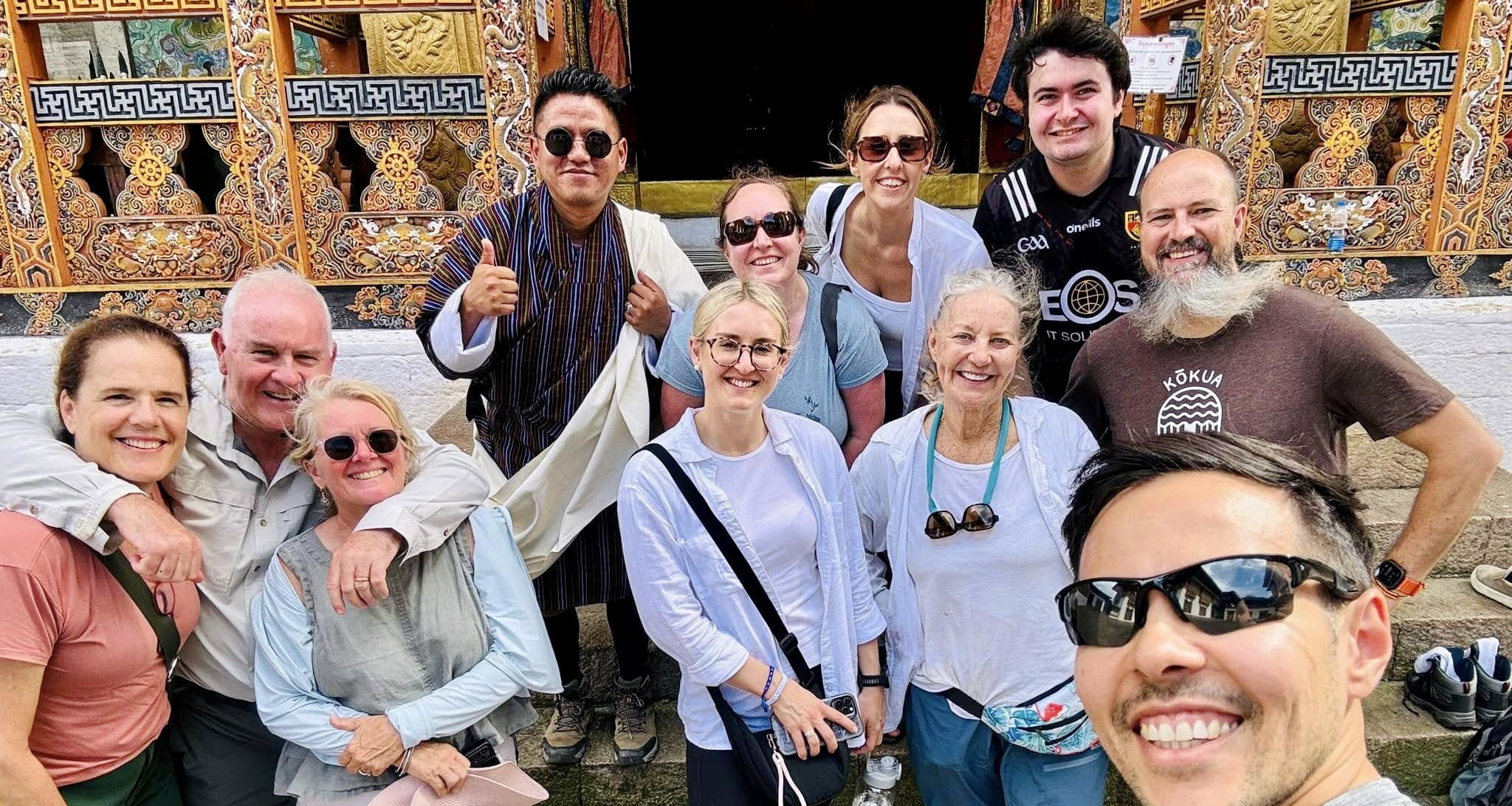
For Northern Bhutan, we recommend visiting from March to May when the mountains are accessible. The winter months make many trails impassable due to snow, while the summer monsoon can cause landslides. If you're interested in conquering the snow-covered Himalayan peaks, proper preparation for the cold is essential.
For wildlife enthusiasts, November is ideal for visiting the Phobjikha Valley to witness the arrival of the endangered black-necked cranes, which migrate from the Tibetan Plateau and remain until early February.
Language and Communication
Dzongkha is the national language
Dzongkha is the official language of Bhutan, which translates to "the language of the fortresses." As the national language, Dzongkha is used throughout the country for official government communications, documentation, and public signage. It is a Sino-Tibetan language with rich cultural significance, connecting Bhutanese people to their heritage and traditional Buddhist values.
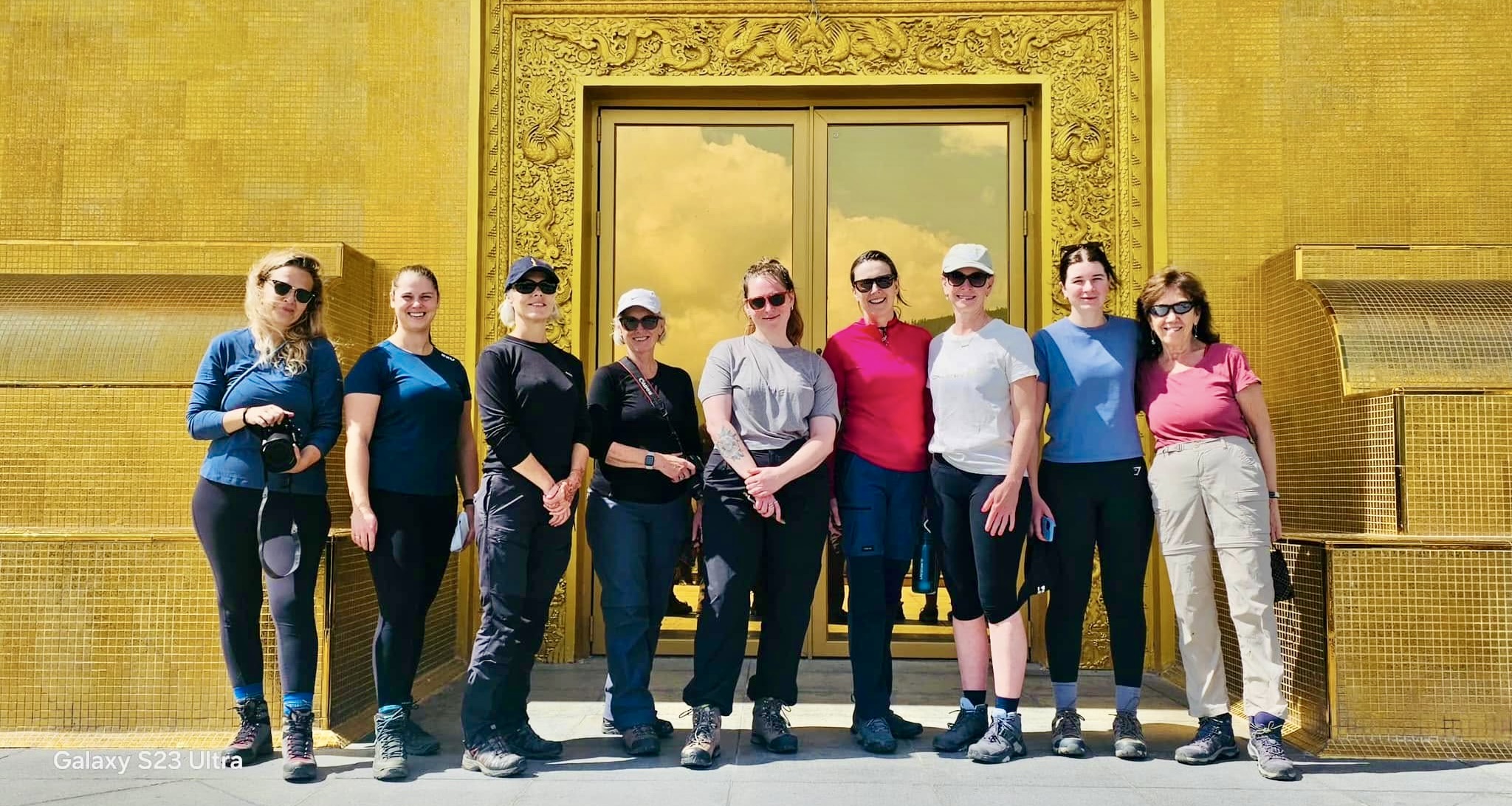
The written form of Dzongkha uses a script derived from classical Tibetan, making it visually distinctive and beautiful. For visitors, the script may seem challenging at first glance, but learning a few basic phrases can greatly enhance your travel experience and show respect for the local culture.
English usage and prevalence
While Dzongkha is the national language, English holds a special place in Bhutanese society. English is the medium of instruction in schools throughout Bhutan, which means most educated Bhutanese can understand and speak English fluently. This makes communication relatively easy for international travelers.
Road signs, menus, government documents, and many businesses utilize English alongside Dzongkha. In major towns and tourist areas like Thimphu, Paro, and Punakha, English is widely spoken, especially among the younger generation and those working in the tourism industry.
It's worth noting that the English spoken in Bhutan often has a unique accent influenced by regional dialects. While most Bhutanese speak with a mild Indian accent, some may have adopted British or American accents through education or exposure to international media. As English is taught as a second language, it serves as a common communication tool across Bhutan's linguistically diverse regions.
Communication tips for tourists
When visiting Bhutan, we recommend learning a few basic Dzongkha phrases to enhance your cultural experience:
- Kuzu zangpo la - Hello (a formal greeting)
- Kuzu - Hi (informal greeting)
- Kadriche - Thank you
- Tashi delek - Good luck/blessings
- Läzhimbe jön - Goodbye (when you're the one leaving)
When communicating with locals, it's important to understand that Bhutanese people often add "la" at the end of sentences as a sign of respect. You might hear phrases like "yes-la" or "thank you-la" frequently during conversations. Feel free to reciprocate this practice as it shows cultural sensitivity.
For more complex communications, don't hesitate to speak English, as most Bhutanese in the tourism sector will understand you. However, speaking slowly and clearly is always appreciated. Using simple vocabulary and avoiding slang or complex idioms will help ensure clear communication.
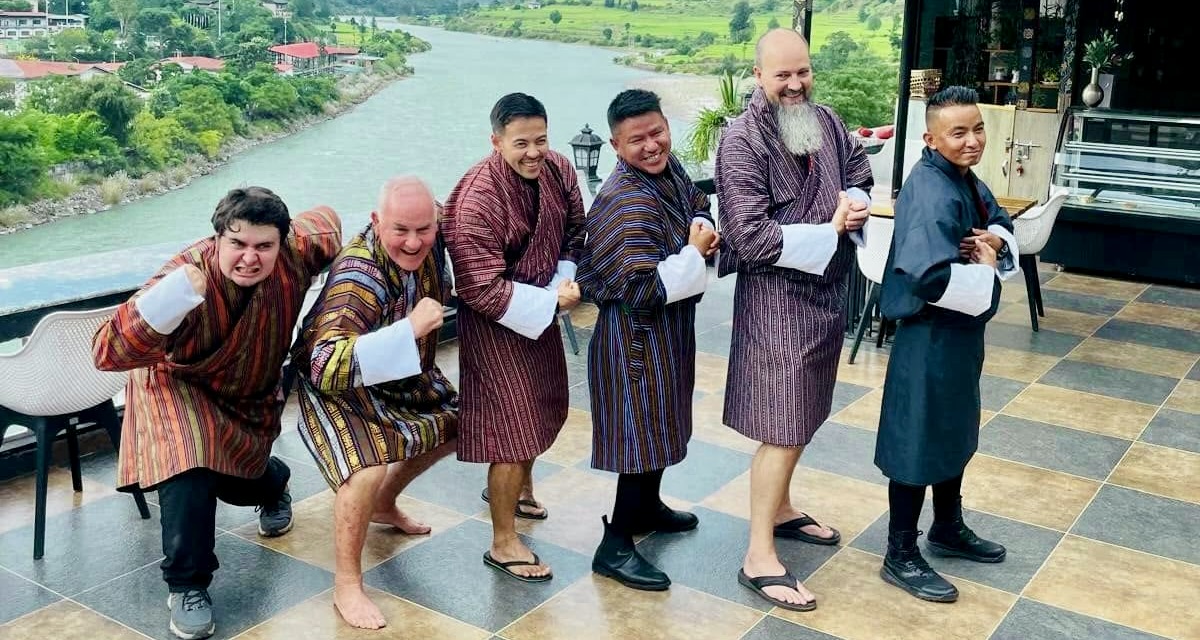
If you're traveling to remote areas of Bhutan, where English proficiency might be lower, consider arranging for a guide who can translate. We can provide guides who speak other foreign languages like French, Spanish, German, and Italian upon request.
In addition to Dzongkha and English, other languages commonly spoken in Bhutan include Hindi and Nepali, particularly in the southern regions. The country has remarkable linguistic diversity with about two dozen different languages actively spoken across its various regions, reflecting the rich cultural tapestry of this Himalayan kingdom.
Bhutanese Cuisine
Traditional Bhutanese dishes and specialties
When you visit Bhutan, you'll discover a cuisine unlike any other. The cornerstone of Bhutanese cooking is the love for chilies, which are considered vegetables rather than mere seasonings. The national dish, Ema Datshi, perfectly represents this culinary identity. This beloved dish combines chilies (ema) with local cheese (datshi) to create a spicy, hearty stew that Bhutanese people eat almost daily. No trip to Bhutan is complete without trying this iconic dish!
Building on the same cheese-based foundation, we find variations like Kewa Datshi (potatoes and cheese) and Shamu Datshi (mushrooms and cheese). These dishes offer milder alternatives if you find the original ema datshi too spicy.
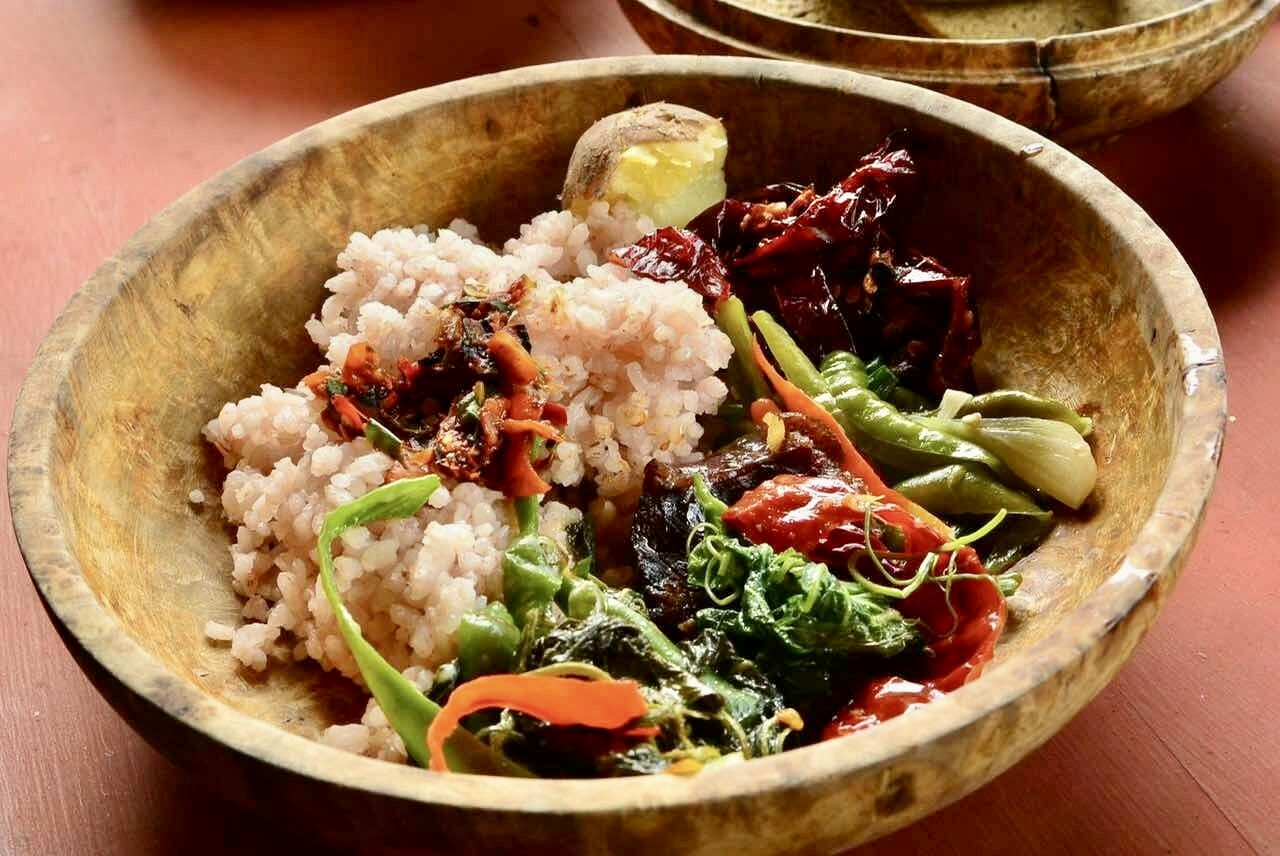
Meat dishes are also prominent in Bhutanese cuisine. Shakam Paa features dried beef cooked with dried chilies and sometimes radish. Phaksha Paa is another favorite, made with slices of pork stir-fried with whole red chilies and seasonal mountain vegetables. For poultry lovers, Jasha Maru (chicken stew) stands out with its distinctive ginger flavor and aromatic spices.
Don't miss Momos - dumplings filled with meat, cheese, or vegetables that have become one of the most common quick meals in Bhutan. A unique regional specialty is Hoentay from Haa Valley, similar to momos but made with buckwheat dough and typically filled with spinach or turnip leaves and cheese.
For those interested in traditional grains, try Puta - buckwheat noodles especially popular in Bumthang region, and Khur-le - buckwheat pancakes that serve as a hearty breakfast option.
Spice levels and dining recommendations
Bhutanese food is notoriously spicy! If you're not accustomed to high spice levels, we recommend informing your guide in advance. Most professional chefs in Bhutan understand that international visitors may prefer milder flavors and can adjust the spice levels accordingly.
The classic Bhutanese chili sauce, Ezay, accompanies almost every meal. This condiment is so essential that it's considered a dish in its own right. Every cook has their own recipe, but it typically includes dried chilies, Sichuan pepper, tree tomato, and sometimes a sprinkle of cheese.
When dining in Bhutan, you'll notice some unique customs. Traditionally, meals are served in beautiful wooden bowls, and food is eaten with fingers rather than utensils. The traditional method involves forming a small ball of rice to scoop up other dishes. This not only preserves the wooden bowls but connects you more intimately with the food.
For the best traditional dining experiences, we recommend visiting:
- Folk Heritage Museum Restaurant in Thimphu
- Sonam Trophel Restaurant in Paro
- Babesa Village Restaurant in Thimphu, set in a 600-year-old heritage home
International food options are available
While traditional Bhutanese cuisine is a must-try experience, we understand that not everyone can handle the high spice levels or might want some variety during their stay. Fortunately, most restaurants in Bhutan offer a range of international cuisines alongside local dishes.
In major tourist centers like Thimphu, Paro, and Phuentsholing, you'll find restaurants serving Continental, Chinese, Tibetan, and Indian cuisine. Many hotels serve buffet-style dinners with a mix of flavors to accommodate different palates.
For vegetarians, Bhutan offers many options, though many traditional vegetable dishes still contain cheese and chilies. If you're vegan, it's best to check in advance whether dishes contain dairy or eggs.
In Thimphu, popular cafés offering international options include:
- Coffee Culture: Known for consistent quality in both food and drinks
- Ambient Café: Specializes in vegetarian and healthy options
- Seasons Pizzeria: Offers Western and fusion cuisine
During your stay, we recommend balancing your culinary experiences between authentic Bhutanese dishes and more familiar international options, especially if you find the local spice levels challenging.
Accommodation Options
Luxury hotels and international chains
In Bhutan, we offer a selection of high-end lodges and international hotel chains that provide unrivaled sophistication and elegance in the Himalayas. The country's policy of "low volume, high quality" tourism has effectively made it a highly regarded destination among discerning travelers.
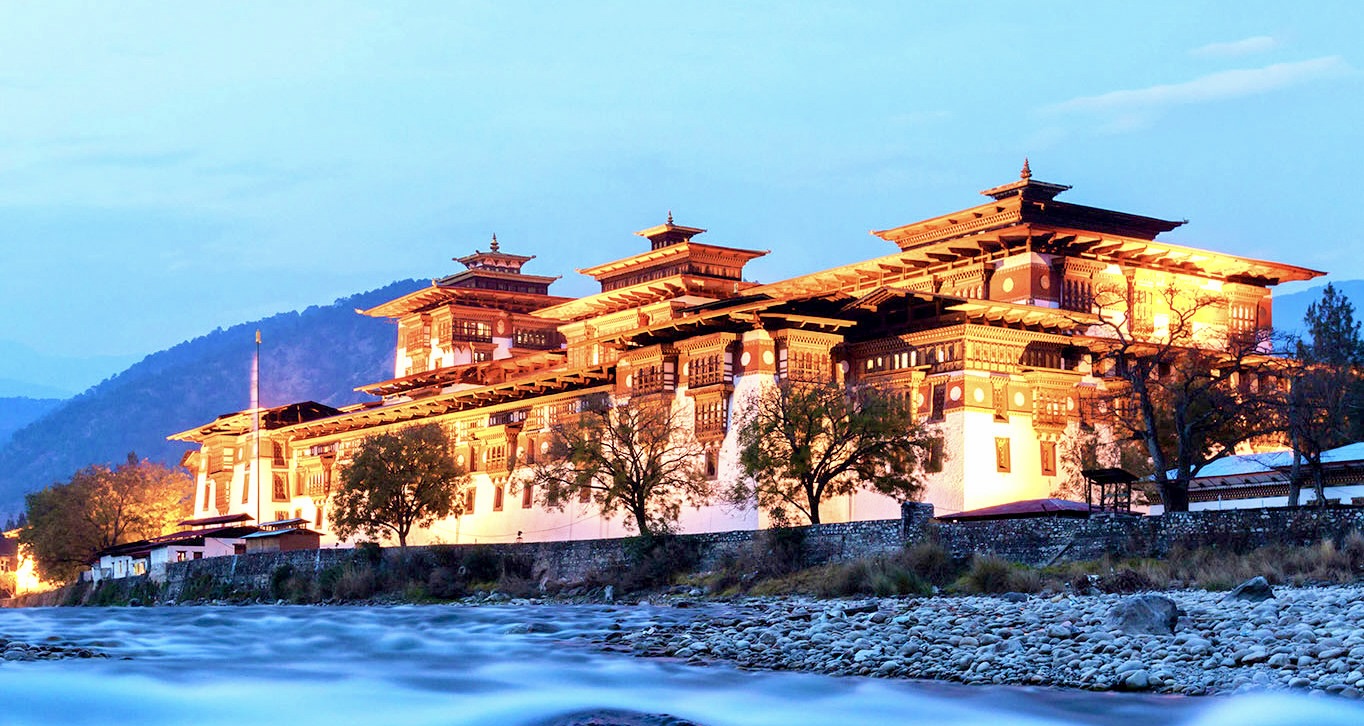
Le Meridien manages two excellent properties in Bhutan. Le Méridien Thimphu is located in the heart of Bhutan's capital, offering convenient access to Memorial Chorten, Tashichhodzon and other attractions. The hotel rooms boast authentic Bhutan-style furnishings and modern amenities. About one hour away is Le Meridien Paro, Riverfront, situated on the edge of the Paro River with panoramic views of the Eastern Himalayas. Both hotels feature spas, indoor pools, restaurants, and conference facilities.
Taj Tashi in Thimphu enchantingly blends Dzong architecture with modern design and is adorned with classical hand-drawn Buddhist murals. The 66 spacious rooms and suites overlook the mountains and town, capturing the essence of Bhutanese art and architecture. Two restaurants, a tea lounge, bar, and spa focus on different aspects of Bhutan's vibrant Mahayana Buddhist culture.
Mid-range hotels and comfortable stays
For travelers seeking comfortable yet more modestly priced accommodations, we have several excellent options across Bhutan's valleys.
Zhiwa Ling Ascent in Thimphu, Bhutan's first contemporary concept hotel, was designed by an Austrian architect through collaboration between Bhutanese and Austrian project planners. The hotel features 20 rooms designed for energy efficiency with ample natural light. All rooms provide serene panoramic views, and the ingenious restaurant offers fine dining with flavors straight from the organic kitchen garden.
Dhensa Boutique Resorts sits in the heart of the verdant Punakha Valley, flanked by thick pine forests and overlooking the Punakha River and hundreds of paddy fields. The lodge marries contemporary design with Bhutan's ancient culture and features 24 suites set in six cottages, all with private balconies. At the core of Dhensa Punakha's philosophy lies the sense of innocence and peace that permeates everything about Bhutan.
Local accommodations with authentic experiences
For travelers seeking an immersive Bhutanese experience, we recommend several locally owned and operated accommodations that provide authentic cultural connections.
Bhutan Spirit Sanctuary near Paro is a magical 24-room boutique hotel overlooking the beautiful Neyphu valley, just 20 minutes from the country's sole international airport. This family-run hotel was built from scratch to replicate a traditional Bhutanese fort or dzong. The rooms are flooded with natural light and have stunning views of the valley and the neighboring Eutok Samdrupcholing Goenpa Monastery.
For those seeking a truly off-the-beaten-path experience, deluxe camping in Bhutan's remote corners offers one of the most intense ways to experience the staggering beauty of the country's majestic landscapes. Under the guidance of experienced teams like 'Guides of Bhutan,' travelers can fully enjoy pristine wilderness on Nordic tipi-based adventures without compromising on comfort or delicious food. Each spacious walk-in tipi is well-appointed with wood-burning stoves, traditional rugs, and solar-powered lighting. Waking up to snow-covered peaks, wild streams, and blue pine forests gives a true sense of adventure in untouched nature.
Gangtey Lodge in the Phobjikha Valley offers a distinctive experience with its 12-suite property perched above the spectacular valley. Its remote location and stunning design allow guests to take a step back in time, away from modern stresses. The 4th of the 5 valleys on the Bhutan journey, Gangtey Valley, is a protected reserve for black-necked cranes, remaining largely untouched by the outside world.
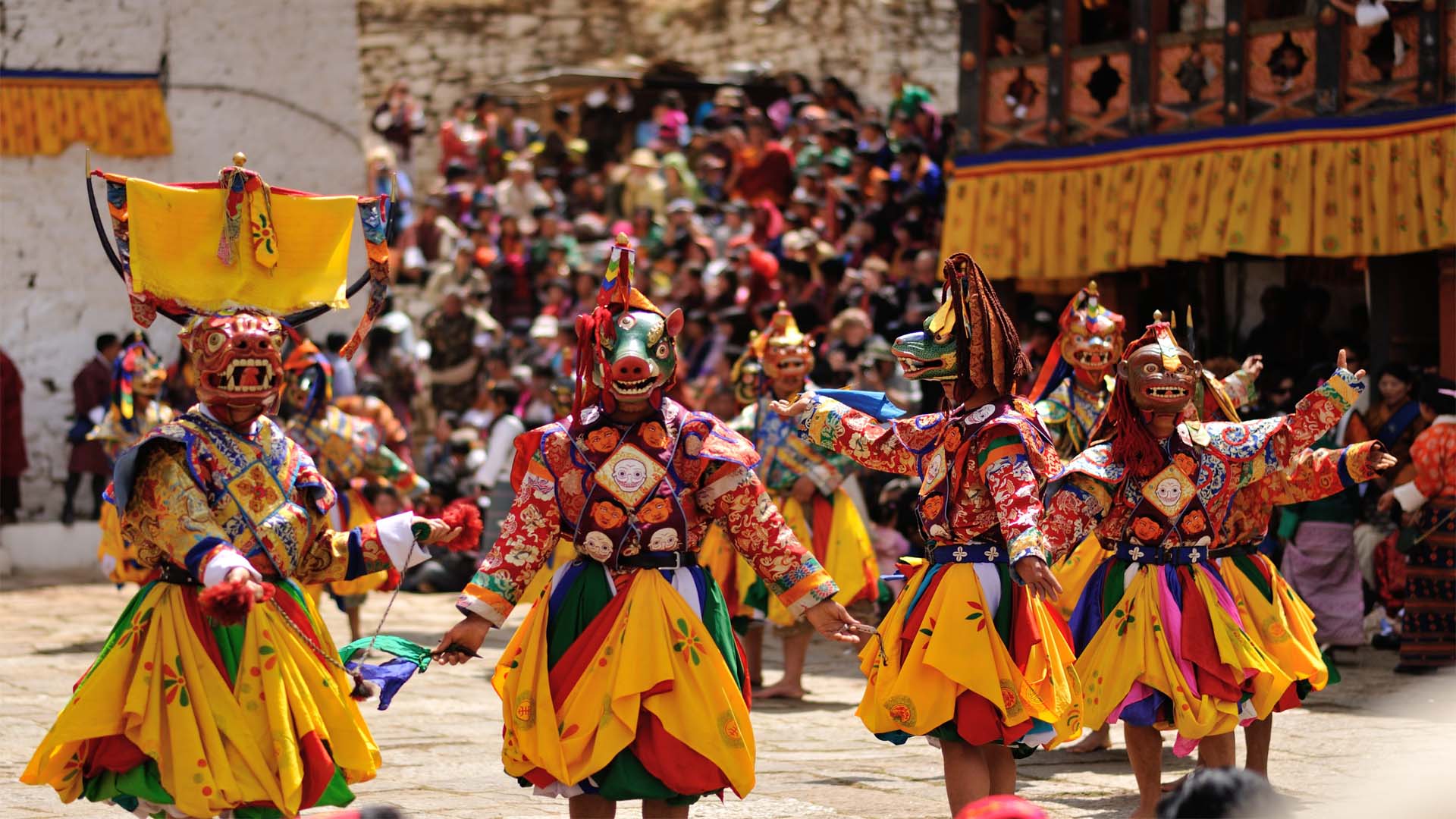
Exploring Bhutan offers a unique journey through the Land of the Thunder Dragon, where ancient traditions blend seamlessly with stunning natural landscapes. From understanding the visa requirements to navigating currency exchanges, preparing for seasonal weather variations, and immersing yourself in the local language and culture, proper preparation ensures a smooth adventure. The country's distinctive cuisine and range of accommodation options, from luxury hotels to authentic homestays, complete this unforgettable experience.
We invite you to embark on your own Bhutanese adventure, where happiness is measured not just in material wealth but in cultural preservation and environmental harmony. Whether you're drawn to sacred monasteries perched on cliffsides, colorful festivals, or simply the warmth of Bhutanese hospitality, a journey to this Himalayan kingdom promises memories that will last a lifetime.
Contact Luxury Holidays Nepal to craft your perfect Bhutan experience tailored to your travel preferences and dreams.
If you need any further information, please contact us by email: [email protected], Phone: +977- 985 100 5129 (WhatsApp).




